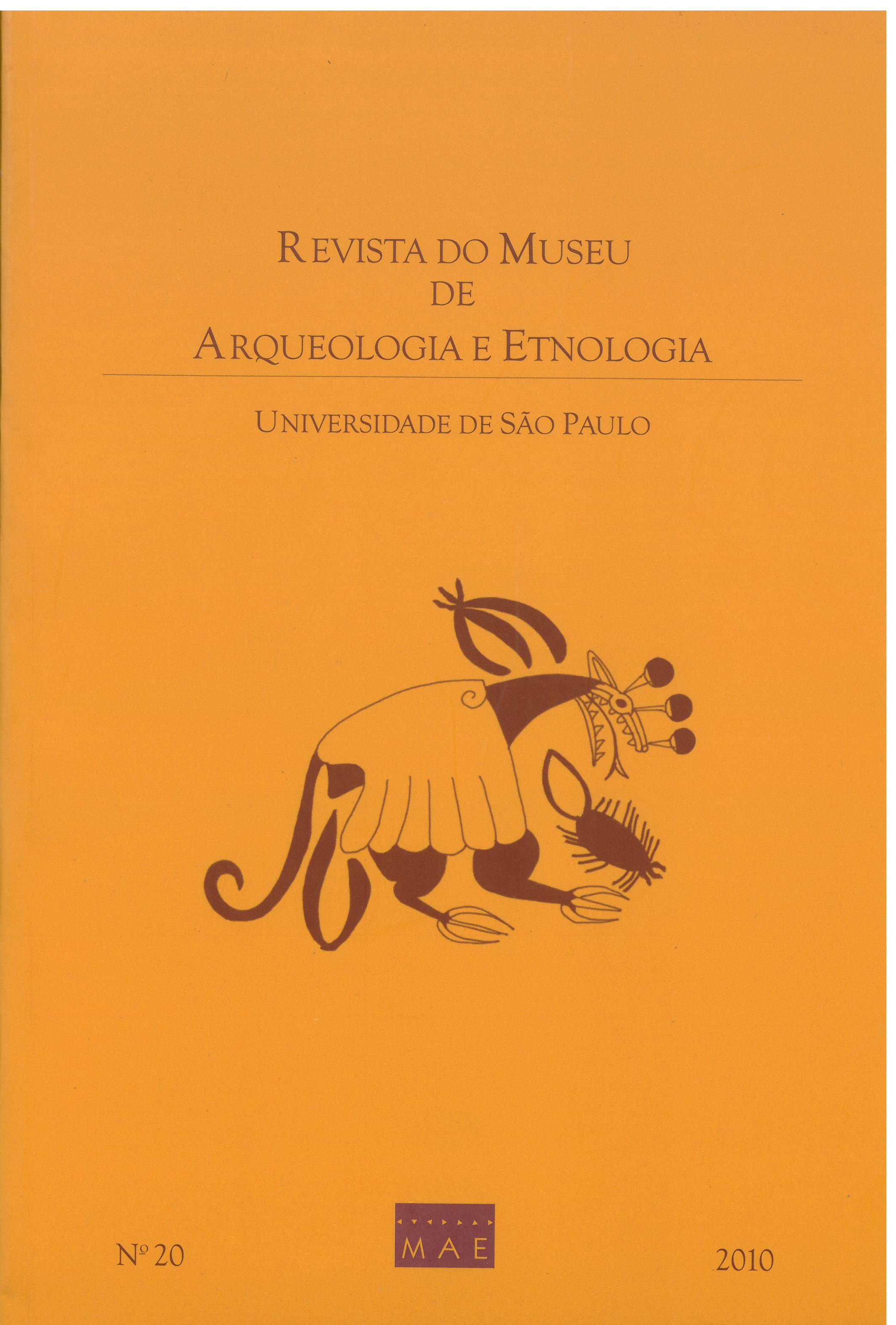Animals for humans in life and death
DOI:
https://doi.org/10.11606/issn.2448-1750.revmae.2010.89909Keywords:
Riverine shellmounds, Hunter-gatherers, Zooarchaeology, Palaeodiet, Stable isotopesAbstract
Riverine sambaquis, shellmounds, compounded of land snail shells, were <50 km from the contemporary coastline in the highland rainforest (Mata Atlantica) in Brazil. They were made by gropus of hunter-gatherers who exploited the rainsforest from at least c. 9,250 to 1,200 BP. Archaeological samples of human and faunal remains dating from 6,000-4,000 BP of a riverine shell mound, Moraes site, were submitted to stable carbon and nitrogen isotope analysis and zooarchaeological study in order to investigate the importance of mammals and land snail on the subsistence of these groups . This study focused on how the dietary regime of the riverine sambaquis people was affected by the widespread environmental and sociocultural influence. More generally, the considers the disposal of the fauna and its utility on daily dietary in this site.Downloads
Download data is not yet available.
Downloads
Published
2010-12-09
Issue
Section
Articles
License
Copyright (c) 2010 Cláudia R. Plens

This work is licensed under a Creative Commons Attribution-NonCommercial-NoDerivatives 4.0 International License.
How to Cite
PLENS, Cláudia R. Animals for humans in life and death. Revista do Museu de Arqueologia e Etnologia, São Paulo, Brasil, n. 20, p. 31–51, 2010. DOI: 10.11606/issn.2448-1750.revmae.2010.89909. Disponível em: https://www.revistas.usp.br/revmae/article/view/89909.. Acesso em: 13 may. 2024.













